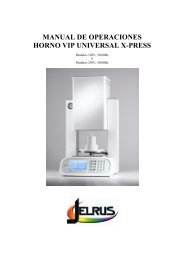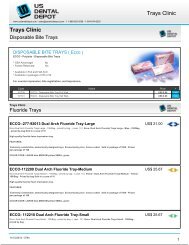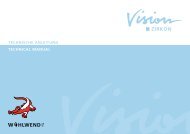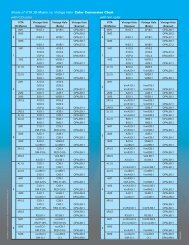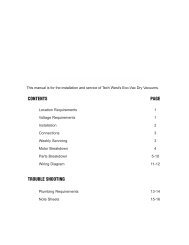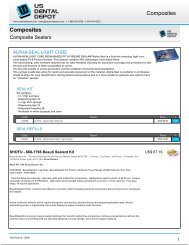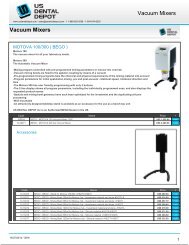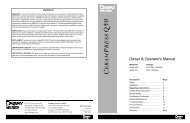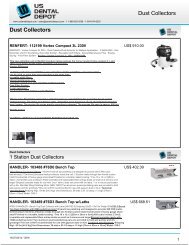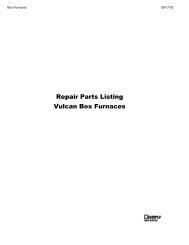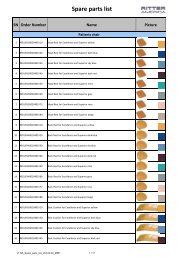We express Acrylics rich in color and texture. - Dental Supplies
We express Acrylics rich in color and texture. - Dental Supplies
We express Acrylics rich in color and texture. - Dental Supplies
You also want an ePaper? Increase the reach of your titles
YUMPU automatically turns print PDFs into web optimized ePapers that Google loves.
Carve the teeth <strong>in</strong> wax <strong>and</strong> restore the piece's morphology <strong>in</strong> order to obta<strong>in</strong> a passive contact with the oral tissues. The occlusion of bridge teeth is established<br />
by articulat<strong>in</strong>g them with the antagonistic model.<br />
Remove carefully the wax-carved bridge from the cl<strong>in</strong>ical model.<br />
Pour the first addition of plaster stone -Type III- <strong>in</strong>to a flask. Use a pa<strong>in</strong>tbrush to cover with plaster the cavities of the support<strong>in</strong>g or abutment teeth, avoid<strong>in</strong>g<br />
the <strong>in</strong>corporation of bubbles. Submerge the wax-carved bridge <strong>in</strong> fresh plaster with the vestibular part of the dental pieces rema<strong>in</strong><strong>in</strong>g outside the plaster.<br />
Avoid possible retentions.<br />
When the plaster has forged, apply plaster separator NOVAFOIL with a pa<strong>in</strong>tbrush. When it is dry, use a pa<strong>in</strong>tbrush to cover the wax teeth with plaster, tak<strong>in</strong>g<br />
care of mak<strong>in</strong>g a complete cover<strong>in</strong>g of teeth. Complete the pour<strong>in</strong>g of plaster <strong>in</strong> the counter-flask <strong>and</strong> let it forge.<br />
Submerge <strong>in</strong> water at 65ºC for one m<strong>in</strong>ute <strong>and</strong> then, carefully separate the flask parts <strong>in</strong> order to completely remove the wax with hot water <strong>and</strong> detergent.<br />
Apply plaster separator NOVAFOIL on the still-hot plaster <strong>and</strong> let it dry.<br />
Select the <strong>color</strong> of NOVACRYL® powder.<br />
Mixture Ratio<br />
The dough ratio to be used is the follow<strong>in</strong>g:<br />
three parts of heat-polymeriz<strong>in</strong>g NOVACRYL® powder + one part of heat-polymeriz<strong>in</strong>g NOVACRYL® liquid per volume unit.<br />
Prepare the mixture <strong>in</strong> a conta<strong>in</strong>er that cannot react with methyl methacrylate (a dappen dish or a glass, silicone or porcela<strong>in</strong> conta<strong>in</strong>er)<br />
Pour the polymer over the monomer <strong>in</strong> the <strong>in</strong>dicated ratios. Mix crosswise cont<strong>in</strong>ually dur<strong>in</strong>g 30 seconds approximately <strong>in</strong> order to ensure the complete<br />
<strong>in</strong>corporation of polymer <strong>and</strong> monomer particles. Put the lid on the conta<strong>in</strong>er to avoid evaporation <strong>and</strong> dry<strong>in</strong>g of material until the dough reaches its plastic<br />
phase - when the mixture does not adhere to the spatula or to the walls of conta<strong>in</strong>er -. Proceed then with the pack<strong>in</strong>g of the flask.<br />
Press<strong>in</strong>g<br />
Pack the heat-cur<strong>in</strong>g material <strong>in</strong> the previously prepared flask, with a polyethylene sheet between the heat-cur<strong>in</strong>g res<strong>in</strong> <strong>and</strong> the impression model.<br />
Apply a slow pressure of 1500 psi. Take out material from the press. Open the flask to remove the polyethylene sheet <strong>and</strong> cut out the acrylic excess with a<br />
spatula.<br />
Close the flask aga<strong>in</strong> <strong>and</strong> apply a def<strong>in</strong>ite 2000 psi pressure on the flask, <strong>in</strong> order to ensure a non-altered vertical dimension.<br />
Acrylic Res<strong>in</strong>s



